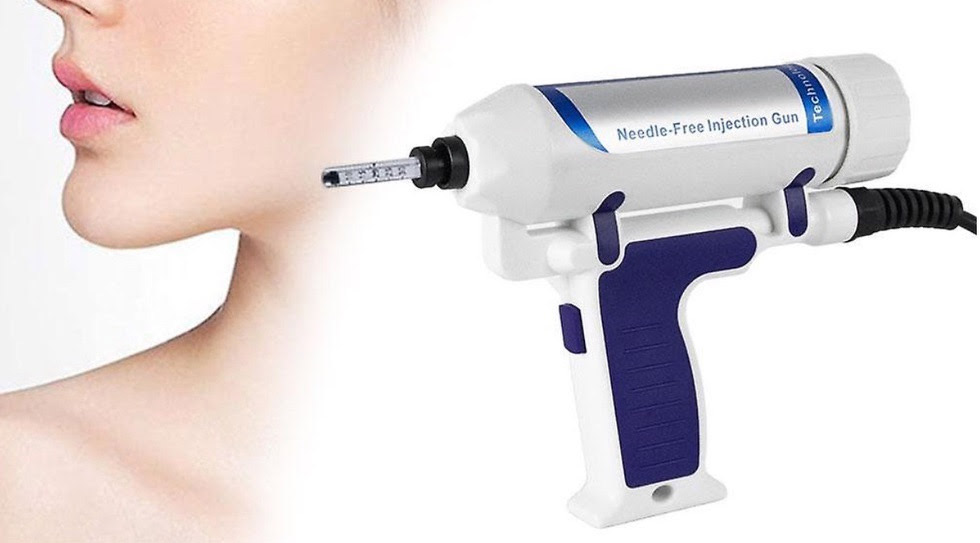WARNING: FDA Says Needle-Free Injection Devices for Facial Fillers Can Be Dangerous
The FDA issued a safety alert on October 8, 2021 warning against the use of needle-free injection devices for lip or facial fillers. One example is the hyaluron pen used for injecting hyaluronic acid. They have been linked to serious injuries.
“Adverse effects, such as permanent damage to the skin, lips, and eyes have been reported” said Binita Ashar, MD, director of the Office of Surgical and Infection Control Devices at FDA’s Center for Devices and Radiological Health. “These devices and fillers are often sold directly to patients online.”
The handheld devices use pressure to force fillers into the skin, and despite being unapproved, they are marketed under many names, such as: high-pressure pens, sprayer pens, Hyaluron Pens, Hyla-Pen, microinjectors, noninvasive injection pens, and noninvasive nebulizer syringes. The lip or facial fillers themselves are typically sold separately.
Only prescription-use dermal fillers are FDA approved. These are administered with a syringe or cannula in a clinical setting by a licensed healthcare worker.
Ashar warned that some of consequences of using unapproved products may be irreversible. Risks include allergic reactions; bleeding; bruising; bacterial, fungal, or viral infections; the potential for disease transmission if shared with others; blood-vessel blockage that can lead to necrosis, blindness, or stroke; scarring; damage to the eyes from the device pressure; and skin lumps or discoloration.
You should consult with Dr. Weisz before considering any type of cosmetic procedure.
==================================================================
Source: by Ian Ingram, Managing Editor, MedPage Today October 8, 2021
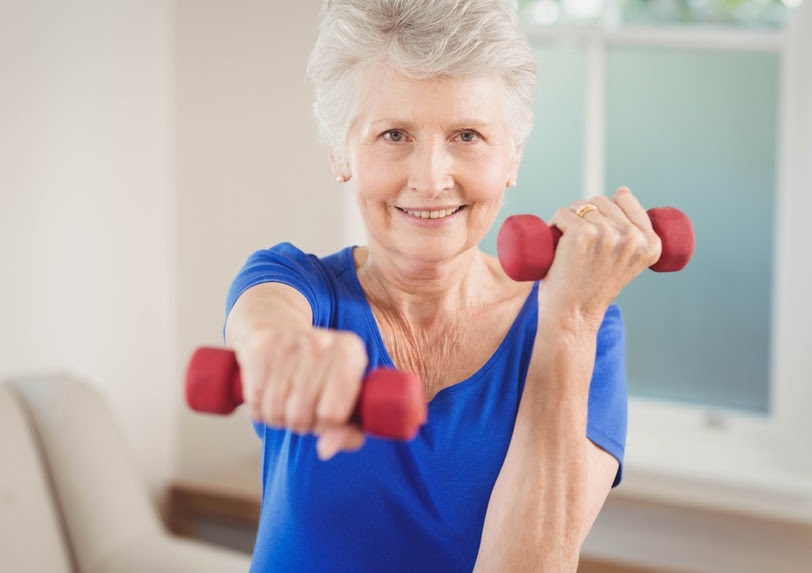
A Beginner’s Guide to Weight Training
The benefits of lifting weights aren’t just for young people. Weight training as we age can help fight the loss of muscle mass and mobility, as well as improve psychological well-being. So even if you’ve never done any kind of weight training before — it’s never too late to start!
What’s more, you don’t even need to belong to a gym. You can simply use your body weight for many exercises or use free weights, resistance bands, or other home fitness equipment to get results.
What do you need to start weight training?
You don’t necessarily need weights to build lean muscle mass and tone your body. As an example, for some strength training exercises, like pushups or lunges, you only need your body weight to provide resistance.
- Dumbbells: You can expand your at-home workout options with dumbbells. A beginner’s set of adjustable weight dumbbells starts at about $50, but the price increases as you add more weight.
- Kettleballs, which are weighted balls with handles, are another popular option. Many kettlebell exercises work several muscle groups at once, which makes them effective for a full-body workout, especially if you’re short on time.
- Resistance bands are also a helpful addition to your workout equipment. These color-coded elastic bands provide varying levels of resistance when pulled and stretched. A set of resistance bands can be purchased for $10 to $60.
Weight lifting tips for beginners:
- Warm up. Some aerobic activity, such as a 5-minute jog or brisk walk, will increase blood flow to your muscles and prime them for a good workout.
- Start with lighter weights. You want to start with a weight that you can lift 10 to 15 times with proper form. Begin with 1 or 2 sets of 10 to 15 repetitions, and slowly progress to 3 sets or more.
- Gradually increase the weight. When you can easily do the recommended number of sets and reps, increase the weight by 5 to 10 percent.
- Rest for at least 60 seconds in between sets. This helps prevent muscle fatigue, especially as you start out.
- Limit your workout to no longer than 45 minutes. You can get the workout you need in this time frame.
- Gently stretch your muscles after your workout. Stretching can help boost your flexibility, ease muscle tension, and reduce your risk of injury.
- Rest a day or two in between workouts. Resting gives your muscles time to recover and replenish energy stores before your next workout.
Exercises for beginners
For a solid all-over workout, you may want to start off with the following exercises. Including these exercises in your weight lifting routine will work most of the large muscle groups in your body.
Sets and reps: Start off by doing 10 to 15 reps of each exercise. Aim for 1 to 2 sets to start. As you build strength, you can add extra sets, and also increase the weight.
Dumbbell single-arm rows. Targeted area: Your back and upper arm muscles.
- Place your left knee on the end of a sturdy bench and place your left hand palm-down on the bench for balance.
- With your back parallel to the ground, reach down with your right hand and grab a dumbbell with your palm facing the bench.
- Slowly bring the dumbbell up to your chest. Squeeze your back and shoulder muscles and slowly straighten your arm to the starting position.
- Finish 1 set, then switch arms and do 1 set with your right knee and right hand on the bench.
Dumbbell shoulder press:Targeted area: Your shoulder muscles.
- Sit or stand with a dumbbell in each hand, your palms facing forward, and your elbows out to your side at 90-degree angles.
- Without leaning back or arching your back, press the dumbbells up over your head until your arms are almost straight.
- Slowly return them to the starting position.
Dumbbell chest press: Targeted area: Your chest muscles.
- Lie flat on a bench with a dumbbell in each hand and your palms facing forward.
- Slowly press the dumbbells upward until your arms are directly over the shoulders. Be careful not to lock your elbows.
- Slowly lower the dumbbells to the starting position. Your elbows should be a little lower than your shoulders.
Bicep curls: Targeted area: Your biceps (muscles in the front of your arms).
- Sit or stand with a dumbbell in each hand in front of you, your elbows at your sides, and your palms facing up.
- Curl the dumbbells up toward your shoulders by bending your elbows but keeping them stationary at your sides.
- Reverse the curl to the starting position.
Triceps extensions: Targeted area: Your triceps (muscles in the back of your arms).
- You can do this exercise sitting on a bench or standing with your feet about shoulder-width apart.
- Place both your hands around the dumbbell handle.
- Lift the dumbbell up over your head so that your arms are straight.
- Keeping your elbows by your ears, bend them to a 90-degree angle, lowering the dumbbell behind your head.
- Slowly straighten your arms so that the dumbbell is above your head again.
Resistance band pull apart:Targeted area: The muscles in your back, shoulders, and arms.
- Stand with your arms stretched out in front of you at chest height.
- Hold a resistance band parallel to the ground and grasp it tightly with both hands.
- Keeping your arms straight, pull the band toward your chest by moving your arms outward, away from your body. Use your mid-back to initiate this movement.
- Keeping your spine straight, squeeze your shoulder blades together and “downward,” and then slowly return to the starting position.
Lunge: Targeted area: Your leg muscles, including your quadriceps, hamstrings, and calves, as well as your glutes (buttocks).
- Stand tall with your feet shoulder-width apart (a dumbbell in each hand for the more advanced).
- Take a big step forward with your left leg so your heel touches down first.
- Lower your body so your left thigh is parallel to the floor.
- Pause for a second (curling the dumbbells up toward your chest and lowering them again to the starting position for the more advanced).
- Push off your heel and return to the starting position.
- Repeat, but lead with your right leg.
Squats: Targeted area: Your leg muscles, including your quadriceps, hamstrings, and calves.
- Squats can be done with or without weights.
- Stand with your feet shoulder-width apart and slowly bend your knees, so your thighs are almost parallel to the floor.
- Slowly rise to your starting position.
- To add resistance, hold a dumbbell or kettlebell close to your chest with both hands.
Calf raises: Targeted area: Your calf muscles (back of your lower leg).
- Stand on the edge of a step with your feet parallel to each other.
- Slowly raise your heels a few inches above the step and hold for a few seconds.
- Slowly lower your heels below the edge of the step and hold for a few seconds. You should feel a stretch in your calves.
- You can add resistance by holding a light dumbbell in each hand down by your sides.
Plank: The plank works your entire body, but specifically targets your core. It also strengthens your arms, shoulders, back, glutes, and legs.
- Start on all fours, with your hands below your shoulders and your knees below your hips.
- Straighten your legs behind you, keeping your feet hip-width apart. Tighten your core.
- Hold for 10 to 30 seconds.
- As you get stronger, increase to holding it a minute or more
- To make this exercise easier, place your knees on the floor.
Weight training schedule: If your goal is to mainly build strength, three weight training workouts per week will likely provide the results you need.
Safety tips: It’s important to focus on safety when you start a weight training routine. Pay close attention to your body and resist the urge to push yourself too quickly.
- Wear proper clothing for weight lifting, like closed-toe shoes and weight lifting gloves if needed.
- Perform each exercise slowly, paying attention to proper form.
- Use a spotter to help you with heavier lifts, especially those that go above your head.
- Stay hydrated throughout your workout.
- Inhale before your lift and exhale during the lift. Never hold your breath when working out weights.
- Stop your workout if you feel sharp or stabbing pain. If the pain doesn’t go away when you stop exercising, seek medical attention.
- If you have a health condition, talk with Dr, Weisz about a weight training and exercise program that’s safe for you.
The bottom line: To make the most of your weight training routine, start with lighter weights until you master the proper form. Then increase the weight or resistance slowly to avoid injury. Be sure to work all your muscle groups for optimal strength and fitness.
==================================================================
Source: Andrea Gjestvang / Healthline Blog, Sept. 23, 2021
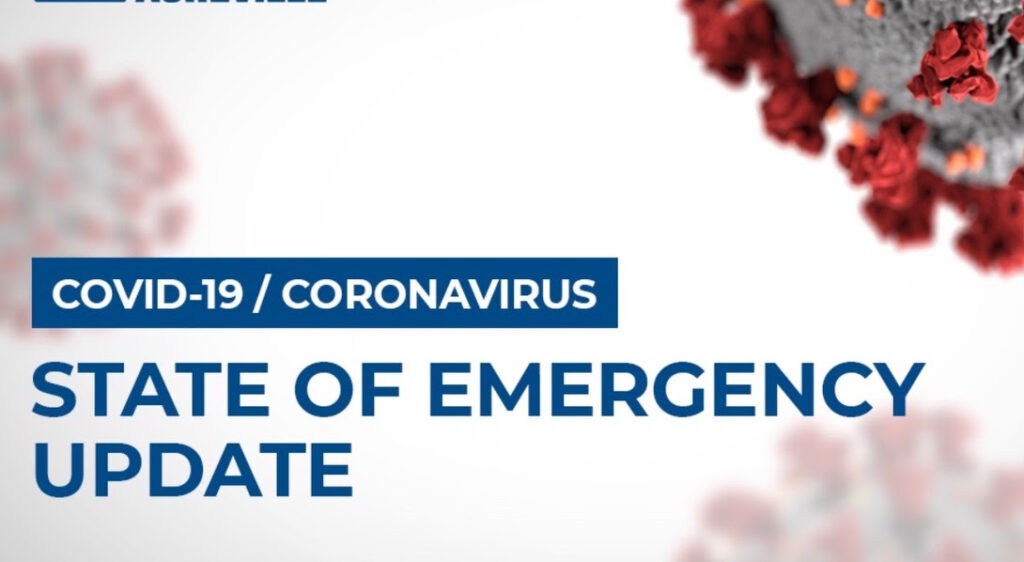
Palm Beach County ends COVID-19 state of emergency
Palm Beach County is no longer under a state of emergency related to the COVID-19 pandemic. Because of the improving state of coronavirus cases and hospitalizations locally, county commissioners on Tuesday voted unanimously to end Palm Beach County’s latest state of emergency, which had been in effect since Aug. 17.
That means all 14 hospitals in Palm Beach County no longer have to file a daily report for medical statistics like total hospital bed availability, adult and pediatric ICU bed availability, ventilator availability, as well as total COVID-19 positive patients and the number of COVID-19 patients who are fully vaccinated, among other figures.
“Our positivity rates have dropped. I don’t think that we need to burden our hospitals with providing that data,” Commissioner Melissa McKinlay said.
Palm Beach County health director Dr. Alina Alonso Alonso said the COVID-19 situation “slowly continues to improve” in the county. Between Oct. 8 and 14, there were 1,430 new COVID-19 cases in Palm Beach County, down dramatically from the peak of roughly 9,000 cases in August.
During that same week, Alonso said Palm Beach County’s new case positivity rate dropped to 4.1%, and there were 96 cases per 100,000 people, which is down 66 cases from two weeks ago.
In addition, Palm Beach County has dropped from a “high” to “substantial” level of community transmission.
“We’re well on our way to continue to go down,” Alonso said. Alonso added that 77% of COVID-19 hospital patients on that date were not fully vaccinated, down from 84% two weeks ago.
According to the latest numbers from the Florida Department of Health, 65% of Palm Beach County residents ages 12 and older are now fully vaccinated against the coronavirus as of Oct. 14.
==================================================================
Source: Matt Papaycik / The Palm Beach Post / October 19, 2021
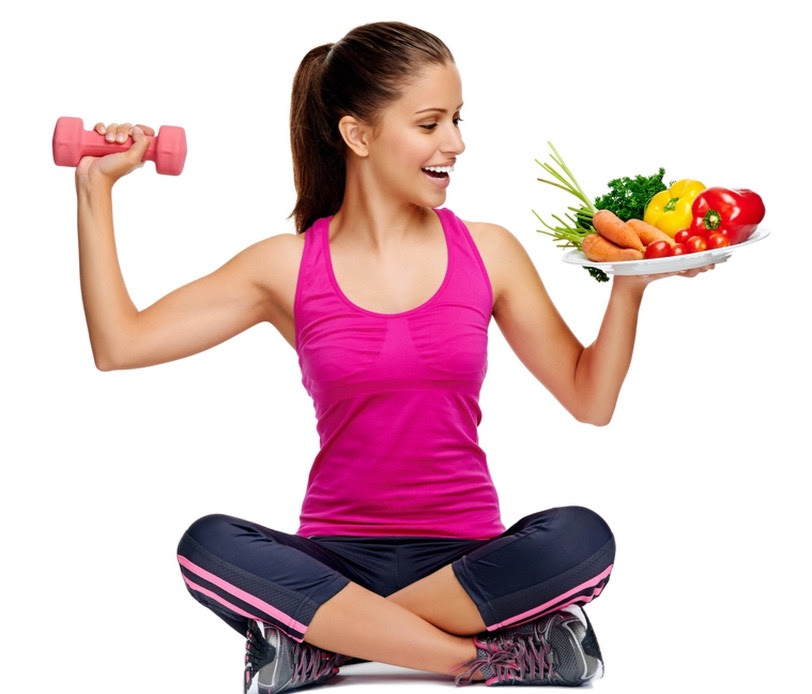
Diet vs. Exercise. Which is More Important?
You’ve probably heard that “you can’t out-exercise a bad diet.” While this saying has some merit, you may wonder whether diet or exercise is more important for health goals like weight loss or improved heart health. It can be hard to gauge if you should prioritize diet or exercise — or if the answer lies somewhere in between.
Weight loss
To lose weight you must be in a calorie deficit, meaning your body expends more calories than you consume. This can be achieved by eating and drinking fewer calories, burning more calories from physical activity, or a combination of the two.
While both diet and exercise are important for weight loss, it’s generally easier to manage your calorie intake by modifying your diet than it is to burn significantly more calories through exercise. This may be why the 80/20 rule has become popular, as it states that weight loss is the result of 80% diet and 20% exercise.
To illustrate, a person who weighs 154 pounds (70 kg) would need to cycle on an exercise bike for 1 hour at moderate intensity to burn 525 calories. Meanwhile, they could cut out 520 calories by skipping out on a venti Green Tea Frappuccino from Starbucks .
An easy way to manage calorie intake and promote weight loss without counting calories is to focus on eating whole, minimally processed foods that are high in fiber, protein, and healthy fats .
Benefits of exercise
Strength training helps preserve and build muscle mass, which can increase your metabolic rate over time so your body burns more calories, even at rest. Furthermore, a single strength training session can increase your metabolic rate for up to 72 hours.
Aerobic exercise such as walking, jogging, or cycling — especially at a low to moderate intensity for 30 minutes or longer — can burn a significant number of calories in a single session and help promote a calorie deficit.
Regular exercise may also help manage hunger by regulating your hunger hormones. This may help prevent overeating and excess snacking. That being said, excessive exercise may increase appetite as well as injury risk, so moderation is best.
Recommendation: Combination of diet and exercise
Although the 80/20 rule is a helpful guideline, you don’t have to follow it precisely. Instead, focus on making positive changes to your diet and exercise routine that work for you.mFor instance, you may prefer achieving your daily calorie deficit 50% from diet and 50% from exercise. This means you’ll spend more time and energy exercising — but in return, you won’t need to limit your food intake as much.
The key for healthy, long-term weight loss and management is to use both diet and exercise
Summary
While it may be easier to manage how many calories you consume, regular exercise helps preserve lean muscle and burn additional calories. Therefore, both diet and exercise are important for weight loss, and combining the two will optimize results.
==================================================================
Source: Katey Davidson / Healthline, July 15, 2021
A Dose of Humor
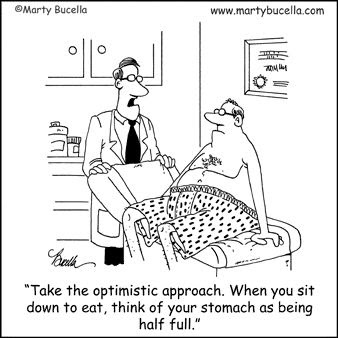
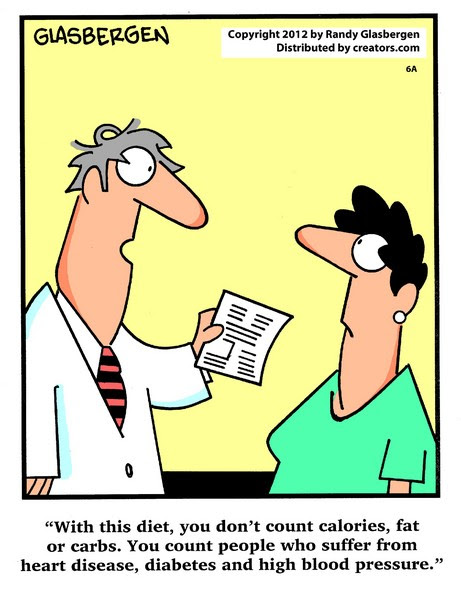
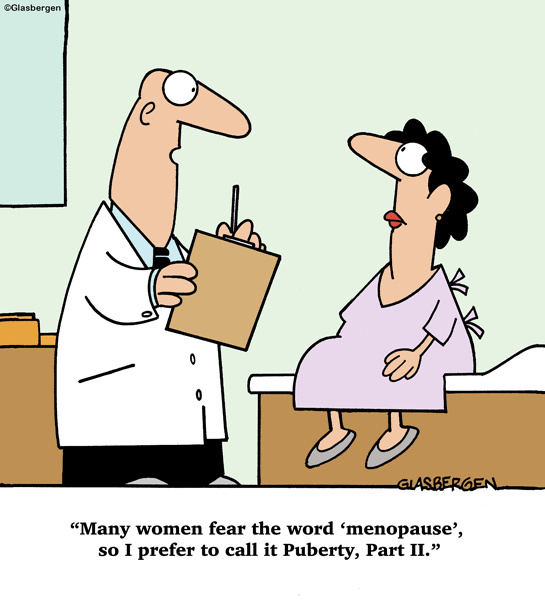
Heart Healthy Cookbook
Maple orange salmon served on sweet potato topped with mango salsa.
Easy / 25 min. Prep / 55 min. Cook / 10 Servings
Ingredients
- 4 salmon fillets
- 2 oranges juiced zested
- 2 tbs maple syrup
